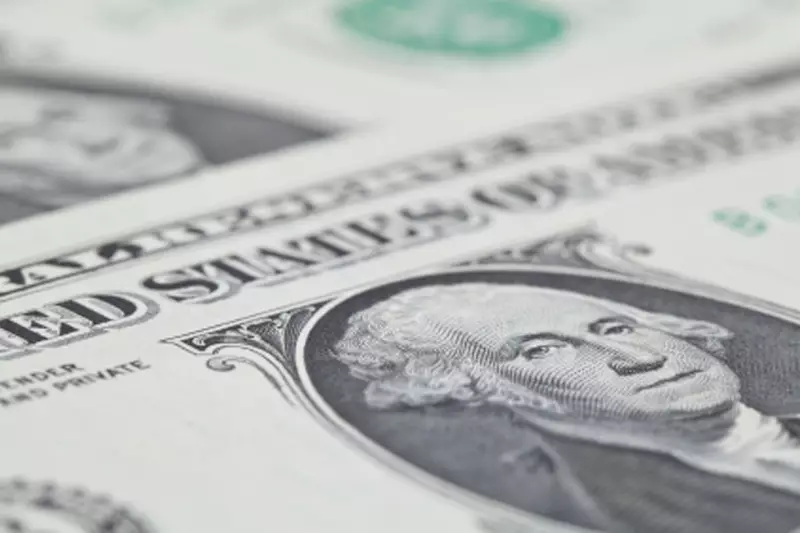As the world continues to absorb the ramifications of a shifting political landscape, the U.S. dollar has demonstrated a remarkable tenacity. The recent inauguration of Donald Trump as president has reignited investor interest, with the dollar reflecting the political optimism and its potential economic consequences. Reports on the Dollar Index indicate a rise of 0.3% to 105.207, continuing the upward trajectory it established last week. This recent surge this powerful currency experienced can be tied to expectations of policies that could be inflationary, particularly surrounding tariffs and immigration—issues that have long been associated with Trump’s rhetoric.
Investors often gauge currency performance alongside interest rate expectations, and the dollar’s climb to a four-month high suggests confidence in its continued strength. However, analysts caution that the path to sustained gains may be more laborious than it appears. Critics argue that the anticipated impacts of new tariffs may initially take time to materialize, casting a shadow on the ongoing rally. This uncertainty generates a complex interplay between prospective Federal Reserve policies and global economic repercussions, leaving the dollar’s trajectory in flux.
Turning our focus to Europe, the euro has not fared as well, slipping 0.3% against the dollar to settle at 1.0688. Political instability across the Eurozone is weighing heavily on the currency, most notably evidenced by recent developments in Germany. The dismissal of Finance Minister Olaf Scholz by Chancellor Olaf Scholz has ignited concerns over the coalition government’s stability, leading to speculation about a potential snap election. The political discord is reflected in economic performances, and it raises questions about the European Central Bank’s next moves to navigate these turbulent waters.
Despite the alarm bells, analysts at ING have expressed skepticism regarding the likelihood of immediate recovery for the eurozone’s financial stability. They anticipate that the ECB might need to undertake a substantial rate cut to reinvigorate the economy, which would inevitably impact the euro further. Lingering conflicts and the unpredictability surrounding fiscal policy in Germany place additional pressure on the euro, and the challenge will be finding a robust response that reassures markets.
The British pound, meanwhile, is grappling with its own trials. Following the Bank of England’s recent decision to cut interest rates by 25 basis points to 4.75%, the GBP/USD pair fell by 0.2% to 1.2900. BoE Governor Andrew Bailey’s upcoming speech is highly anticipated as traders seek clarity on the direction of monetary policy amidst Labour’s expansive economic agenda. With the UK economy appearing relatively robust, there is anxiety surrounding how Trump’s policies may influence inflationary trends, and whether this could necessitate a recalibration of the UK’s interest rate strategy sooner than expected.
Market sentiments are heavily influenced by immediate responses to political landscapes, and Bailey’s comments may carry weight especially if investors feel uncertainty surrounding rate cuts might benefit the economy in the long term.
The Chinese yuan has remained stable at 7.1934 against the dollar, buoyed somewhat by recent announcements from the National People’s Congress regarding a substantial fiscal spending plan targeted at local government debt alleviation. This $1.4 trillion package aims to bolster the economy, though it has not fully aligned with investor expectations for more targeted actions, leading to a cautious outlook.
On the other hand, the Japanese yen saw a marked decrease as USD/JPY climbed to 153.83. The Bank of Japan’s indecision regarding future interest rate hikes is generating ambiguity in the currency markets. As Japan grapples with political instability and the loss of its parliamentary majority by the ruling Liberal Democratic Party, confidence in the yen’s stability continues to diminish.
The movements of major currencies reflect broader economic sentiments that intertwine with the political trajectories affecting these regions. Amidst uncertainty, the interplay of policies, economic data releases, and global sentiment can create fluctuations that yield opportunities and risks for investors alike. Currency traders must remain attuned to these dynamics, as the global economic landscape wrestles with the influences of political change and the implications of monetary policy shifts.

